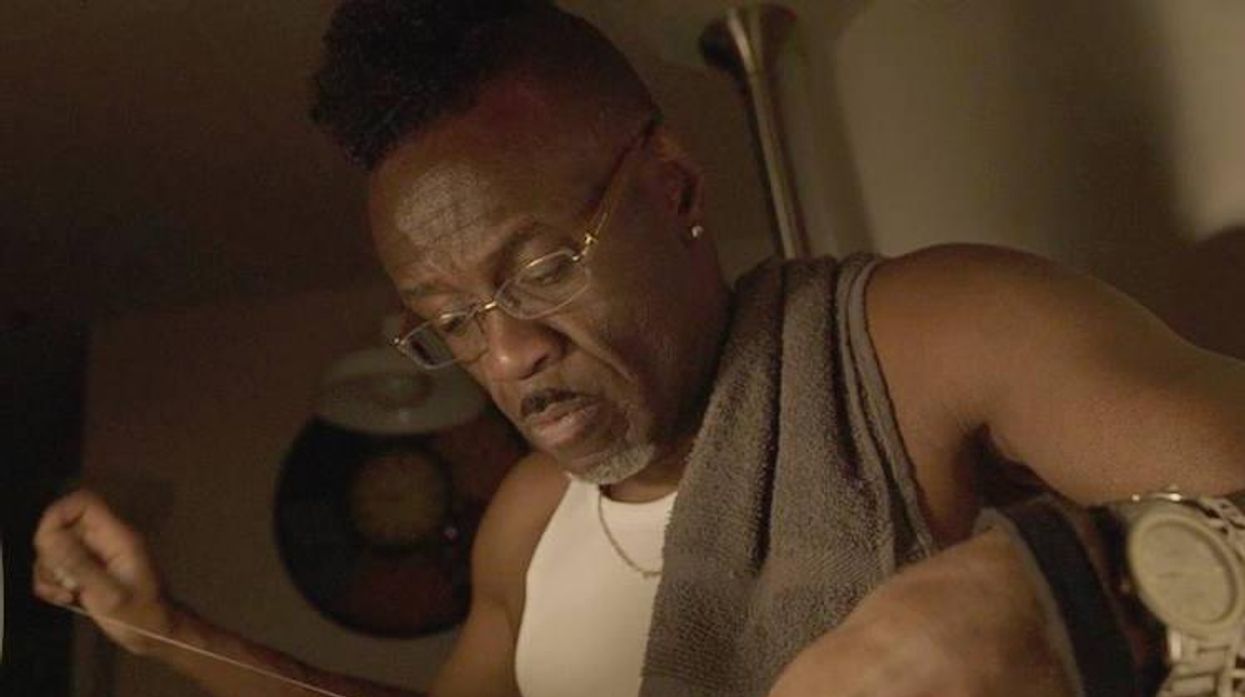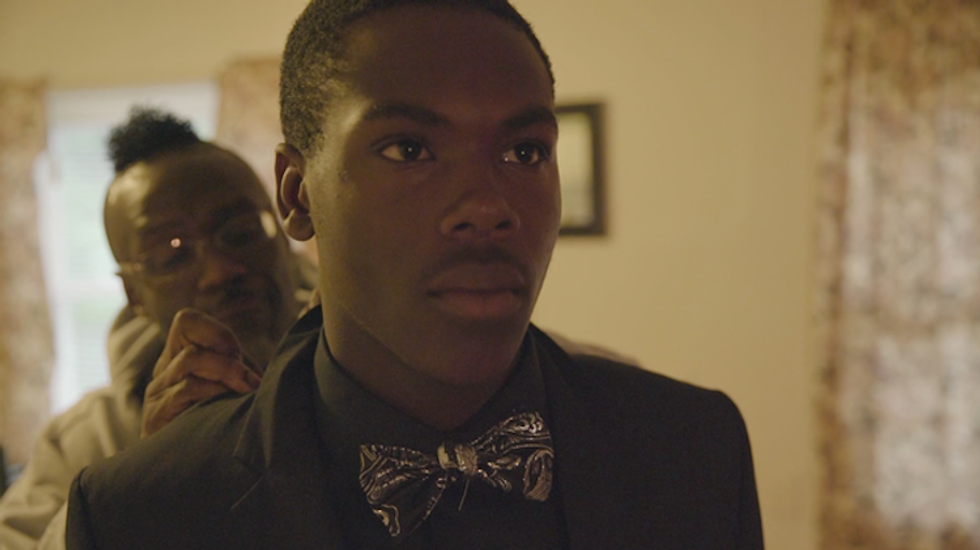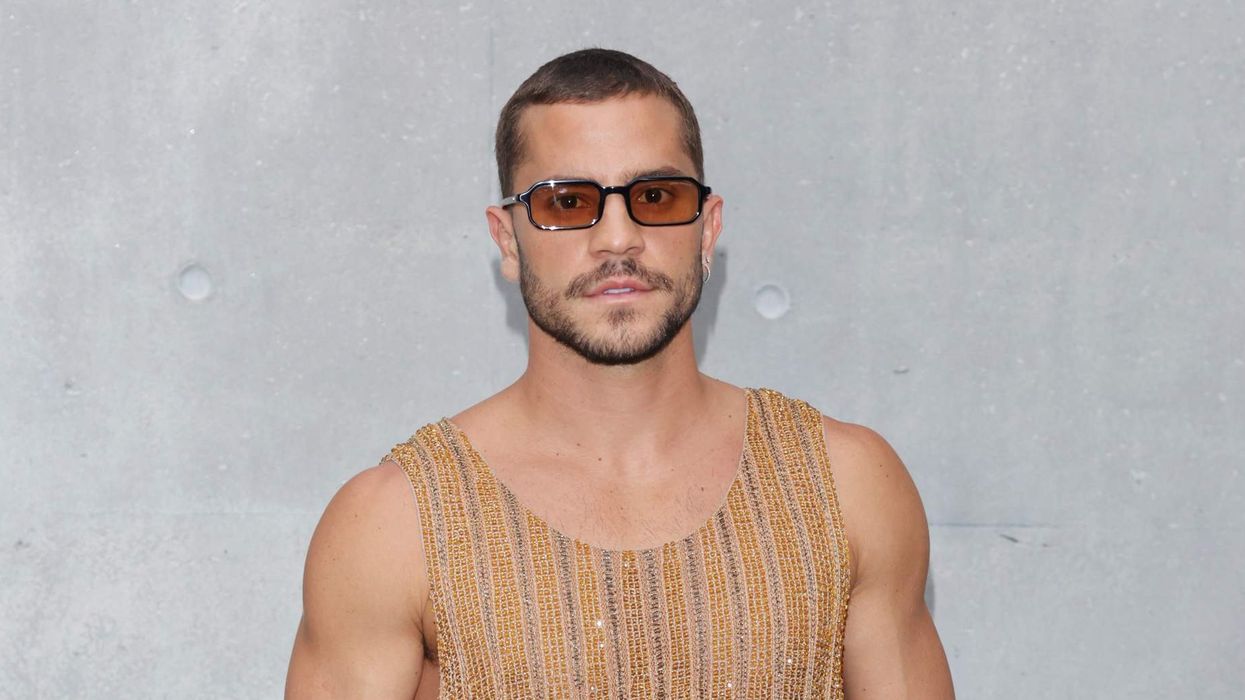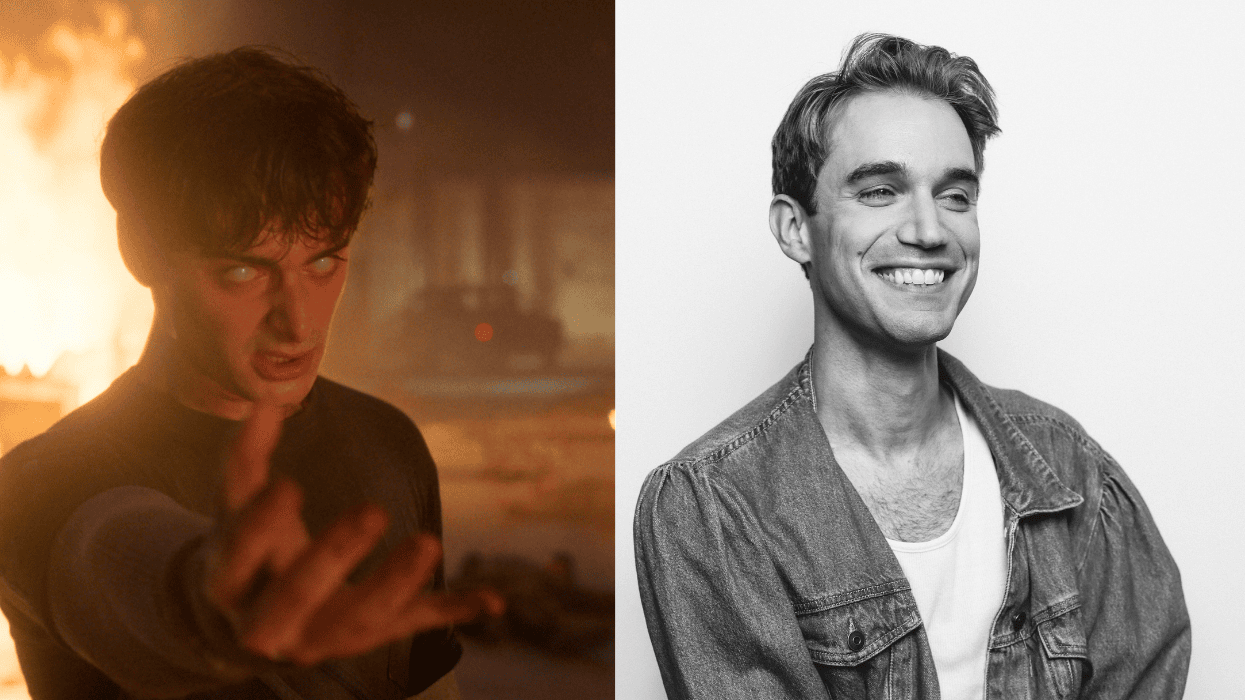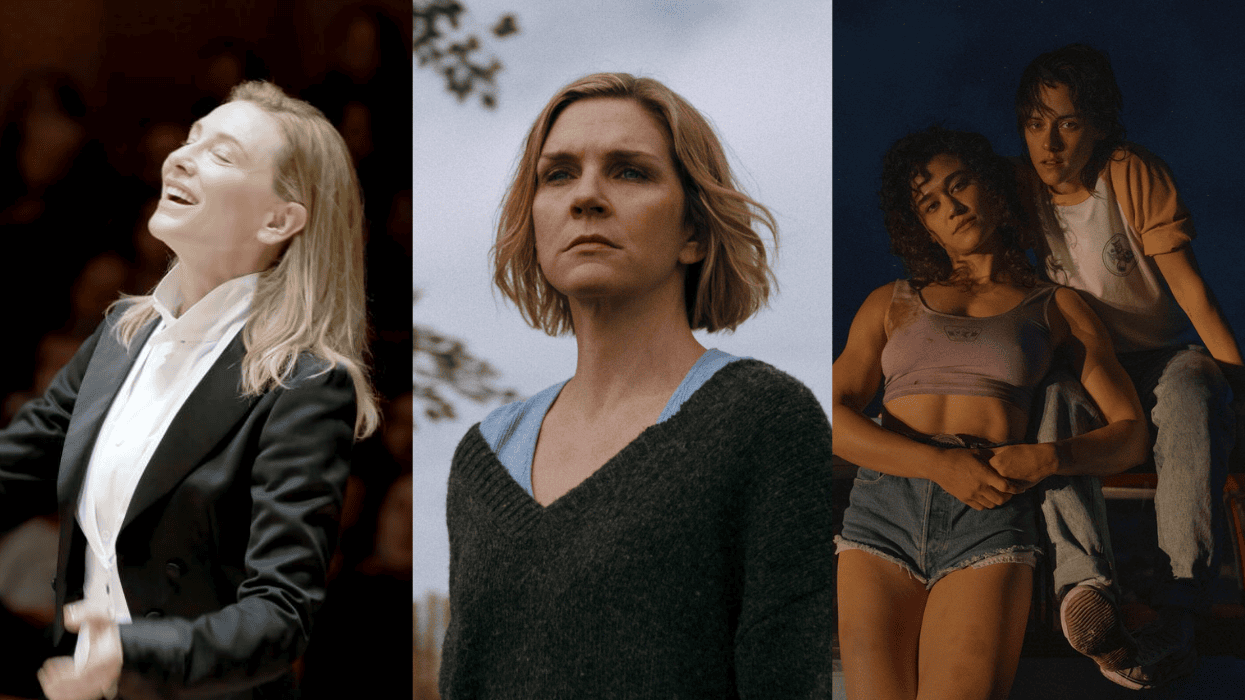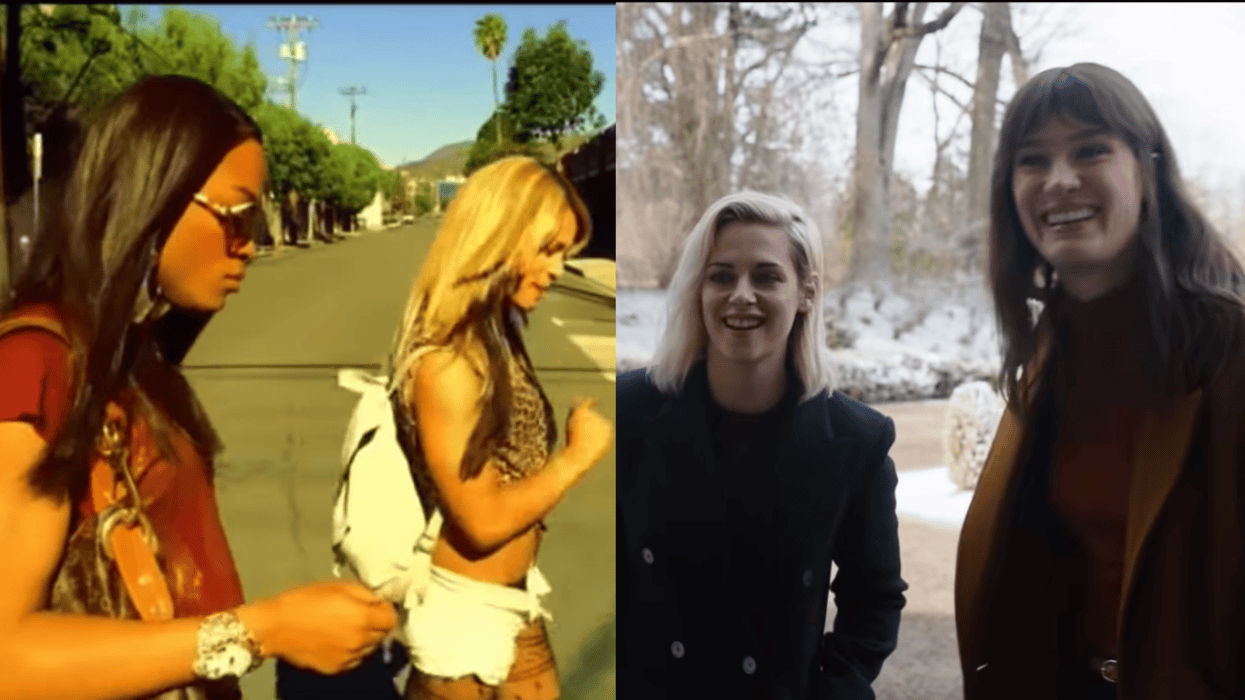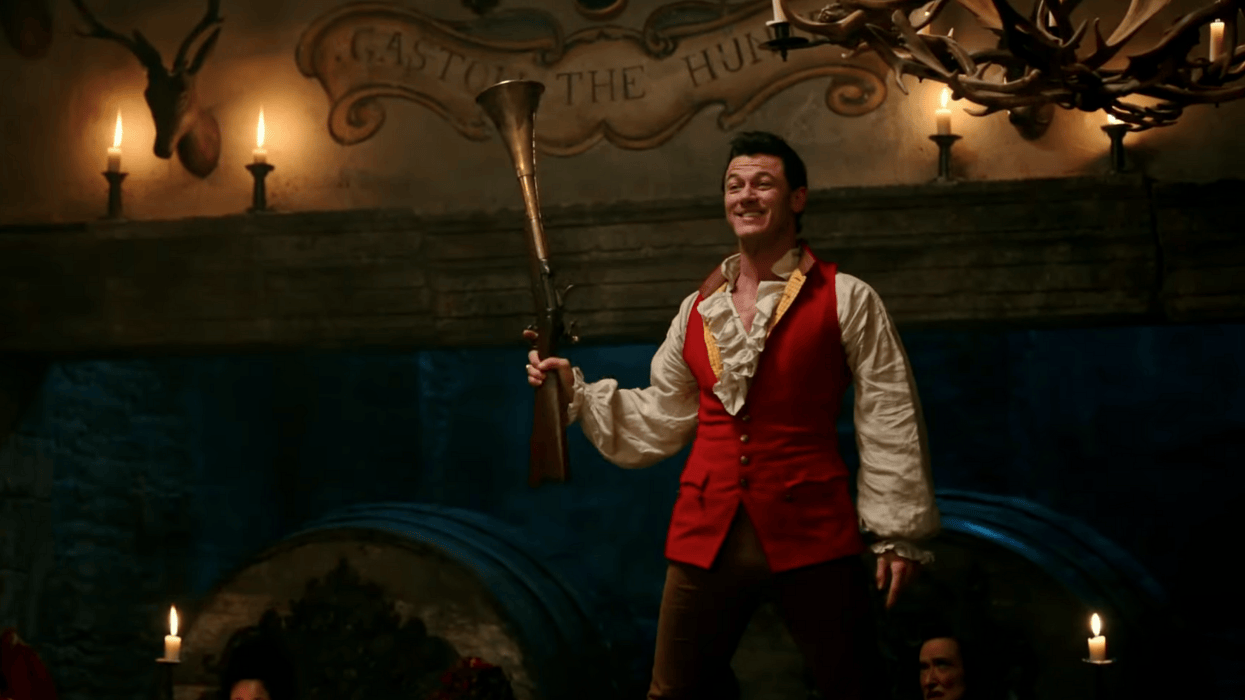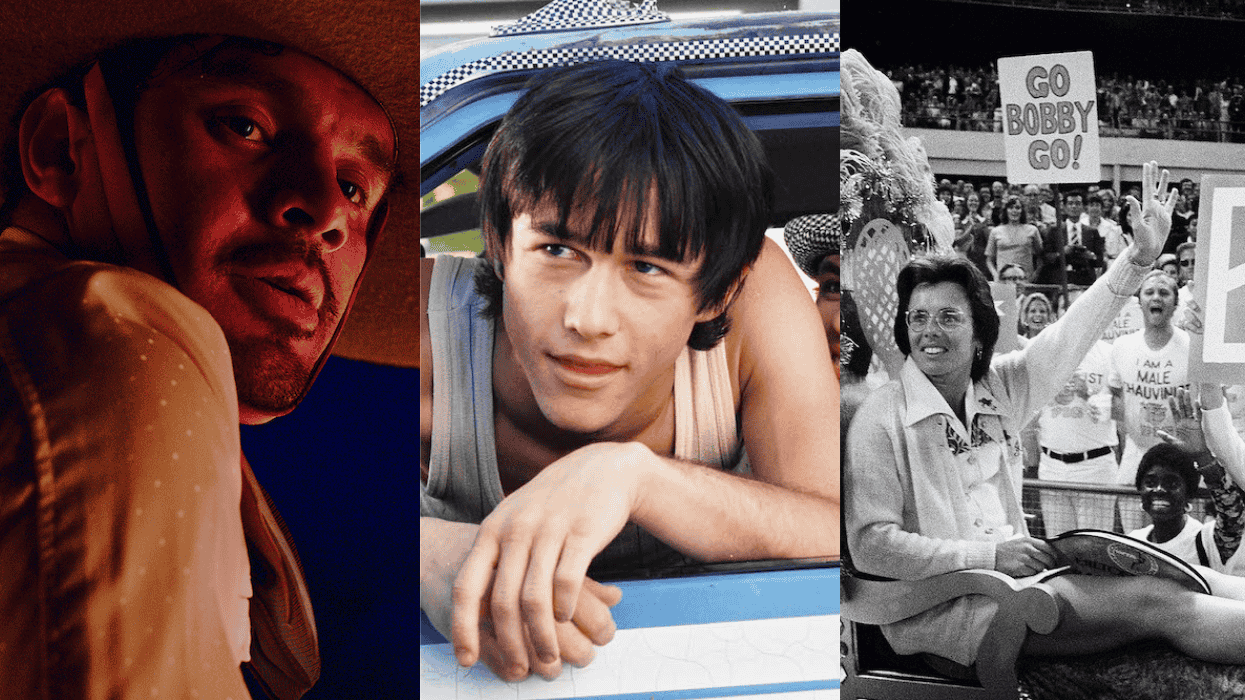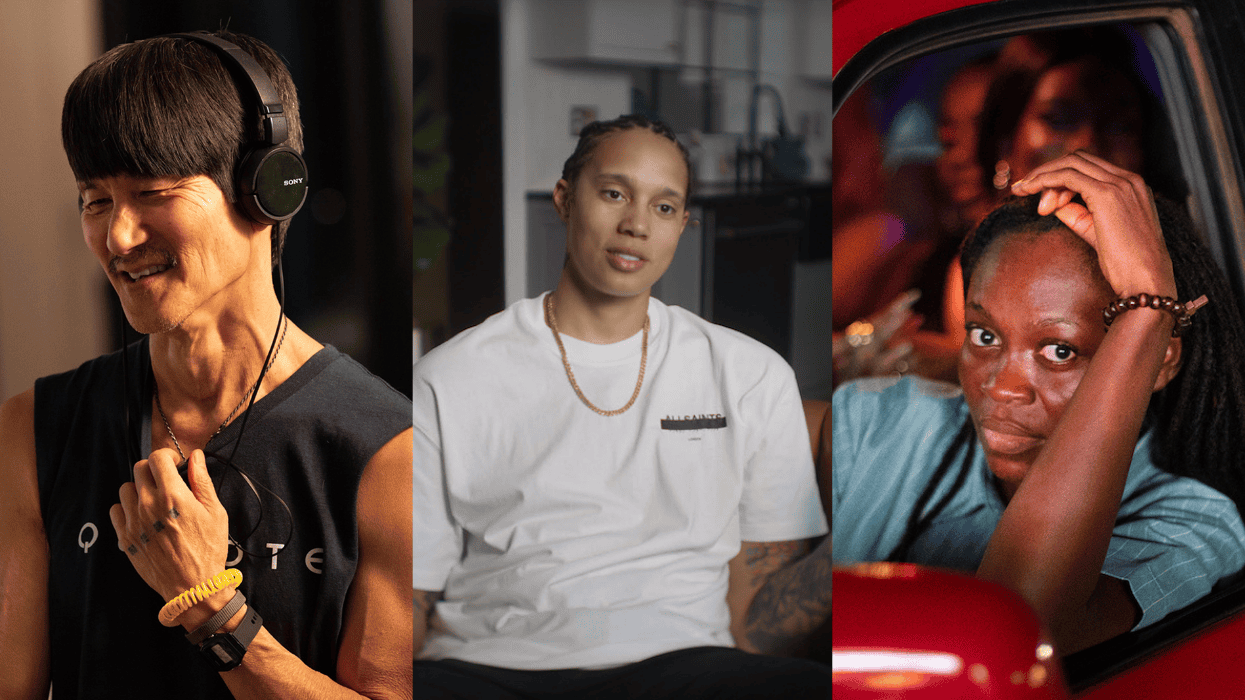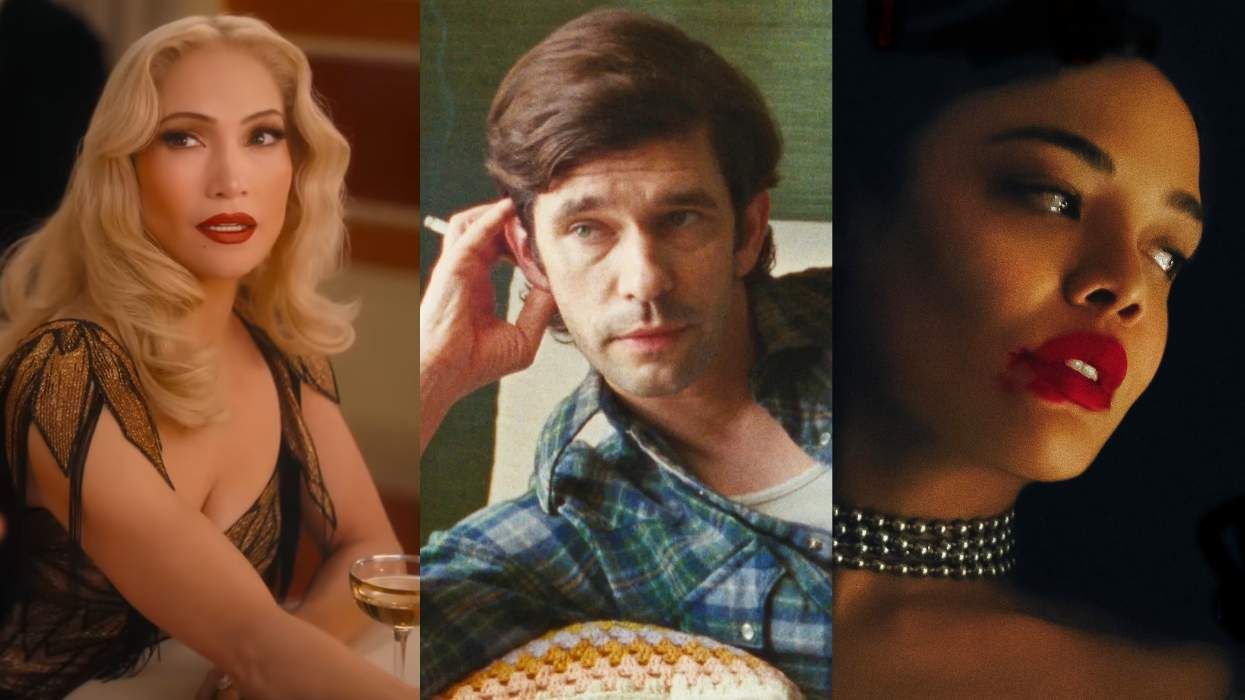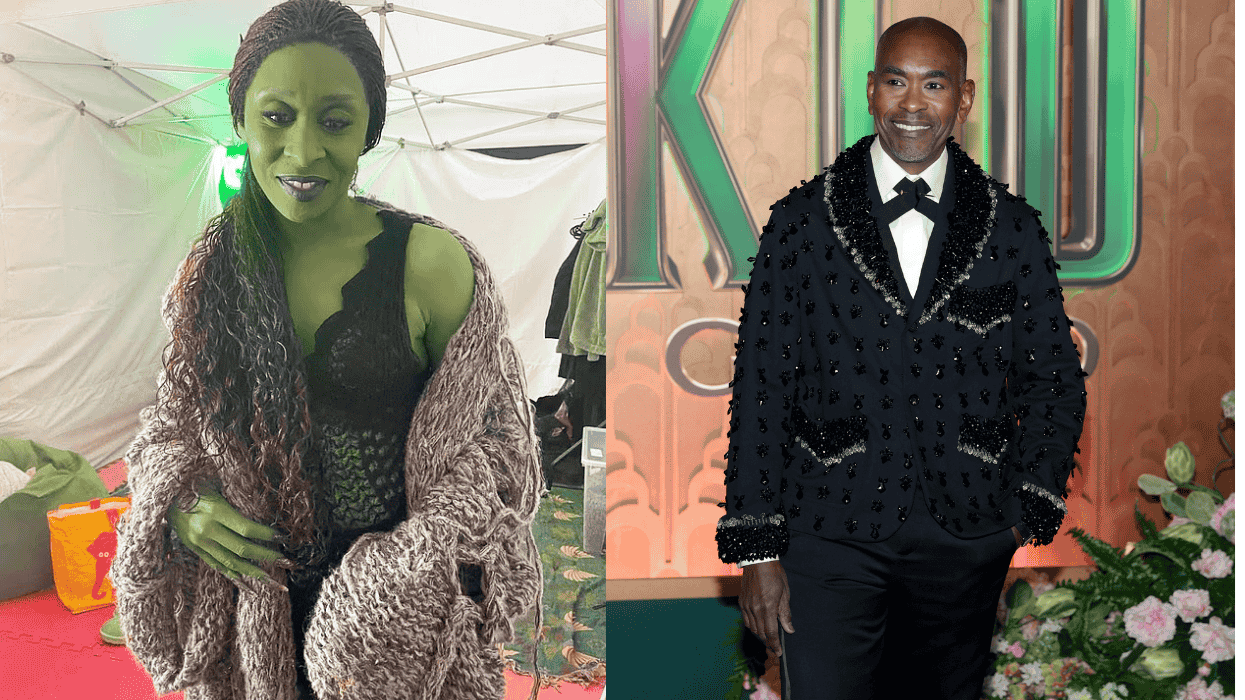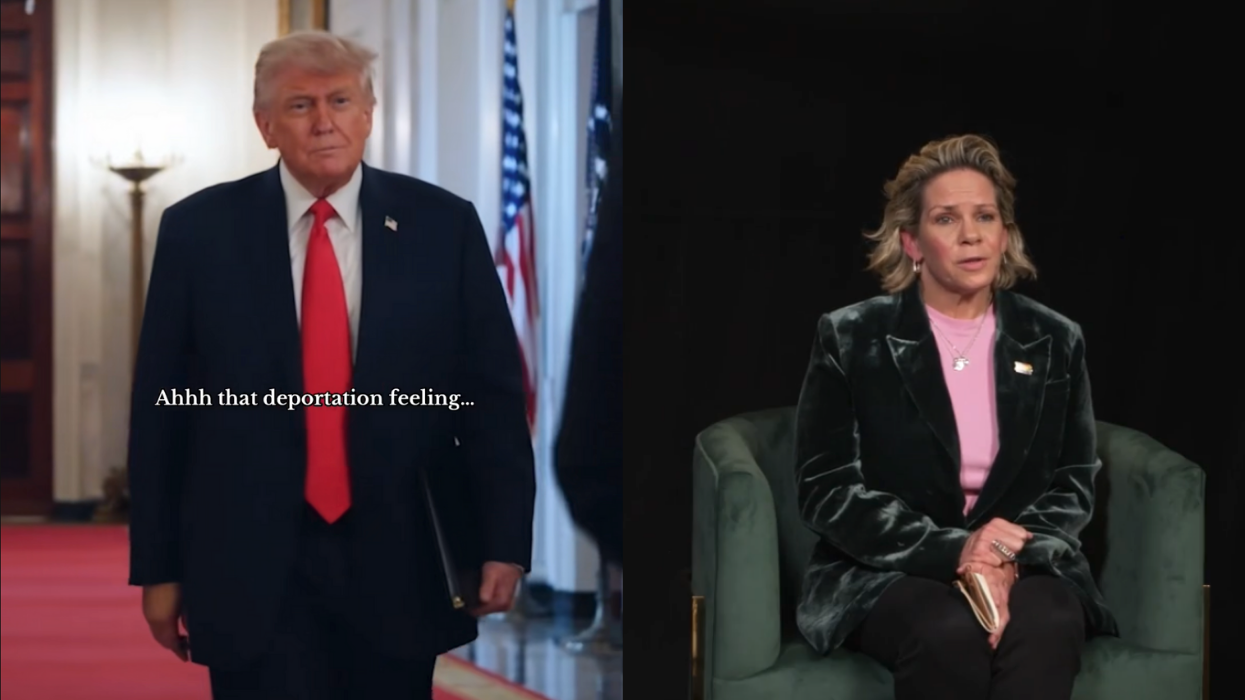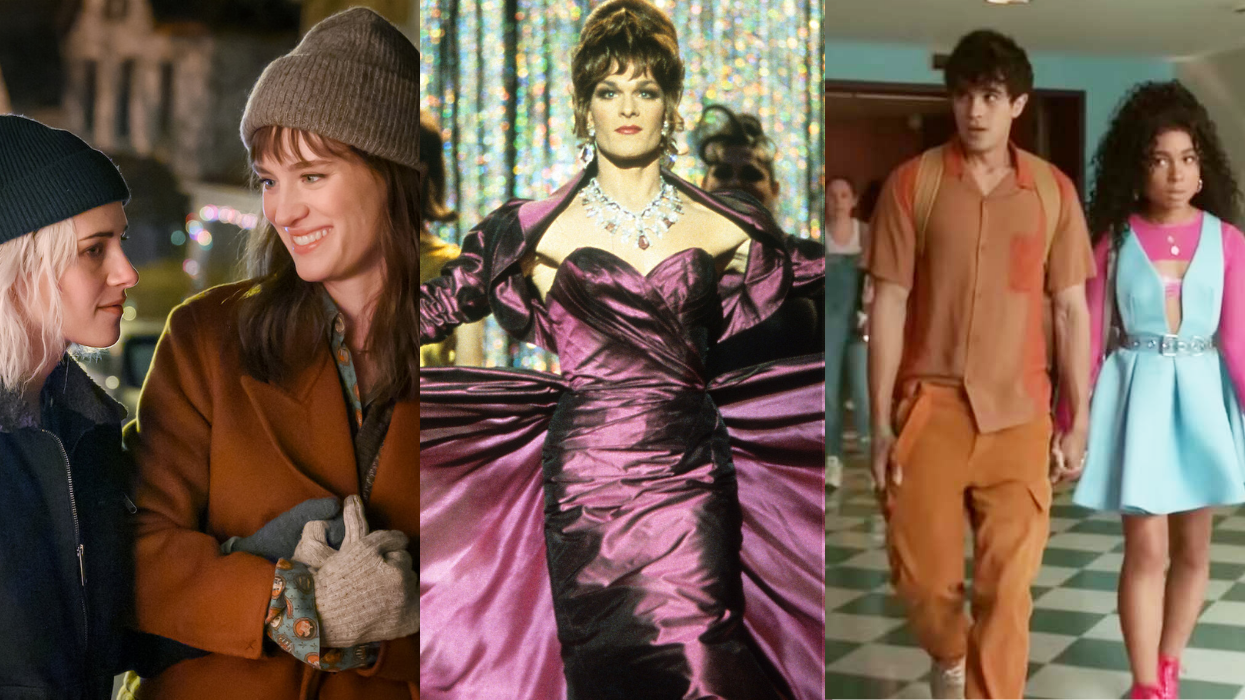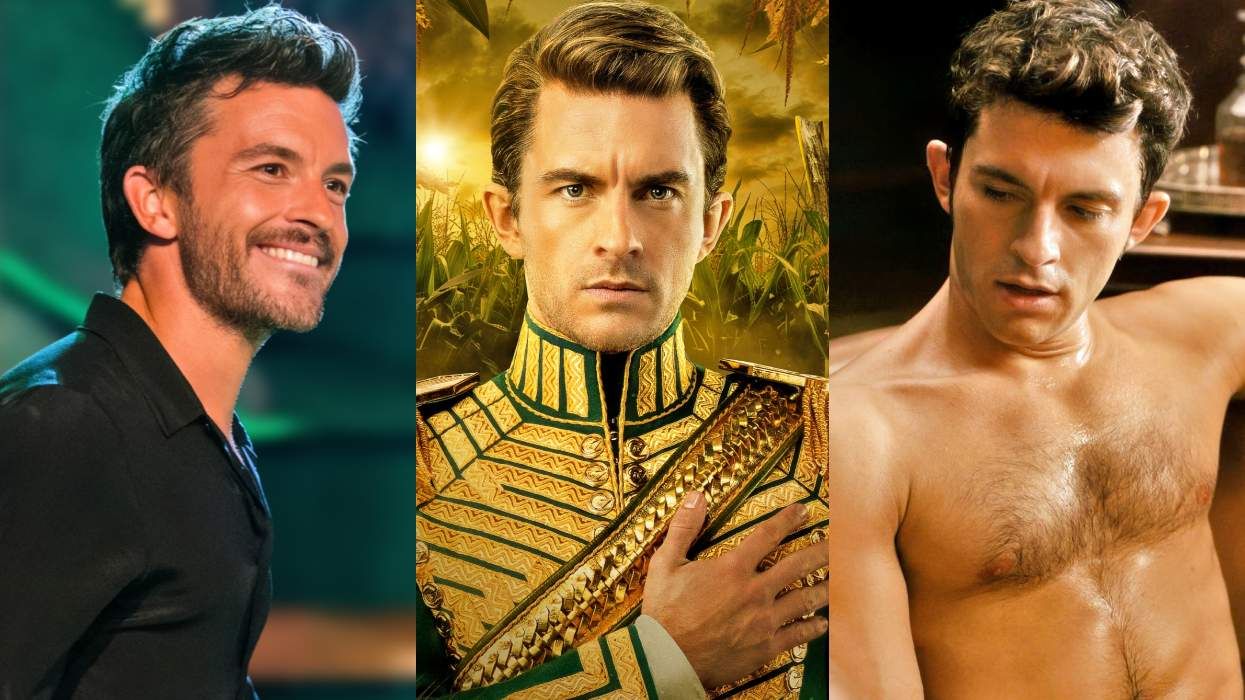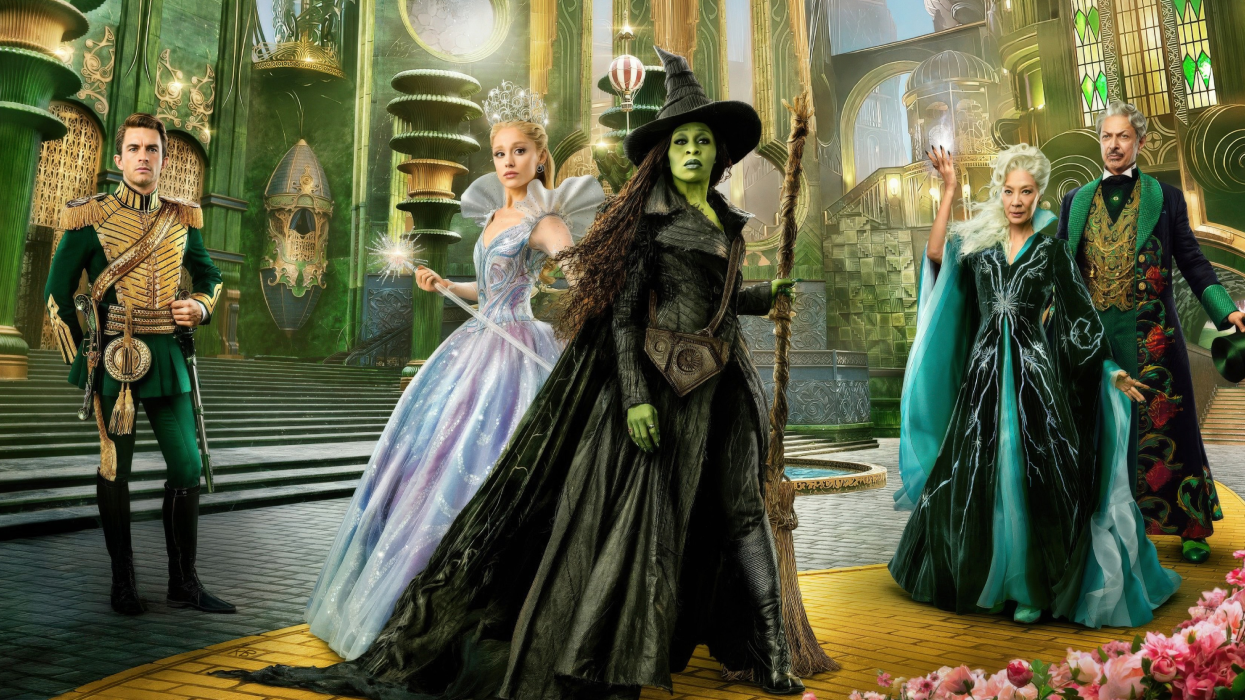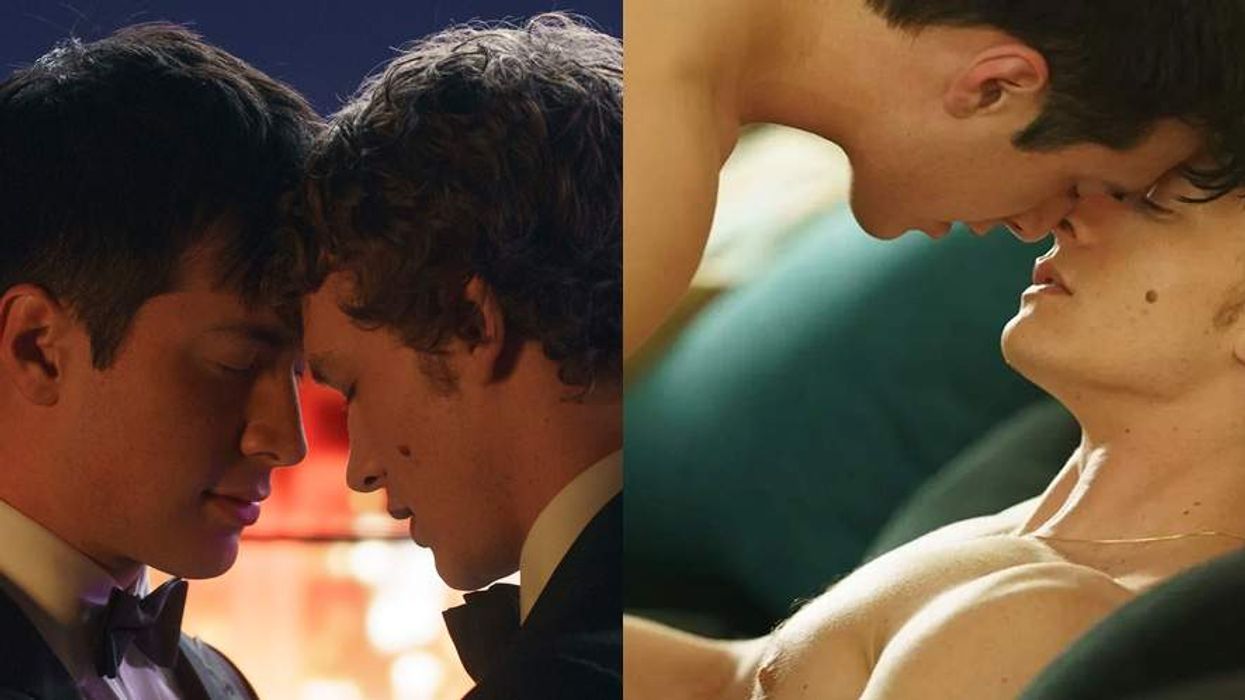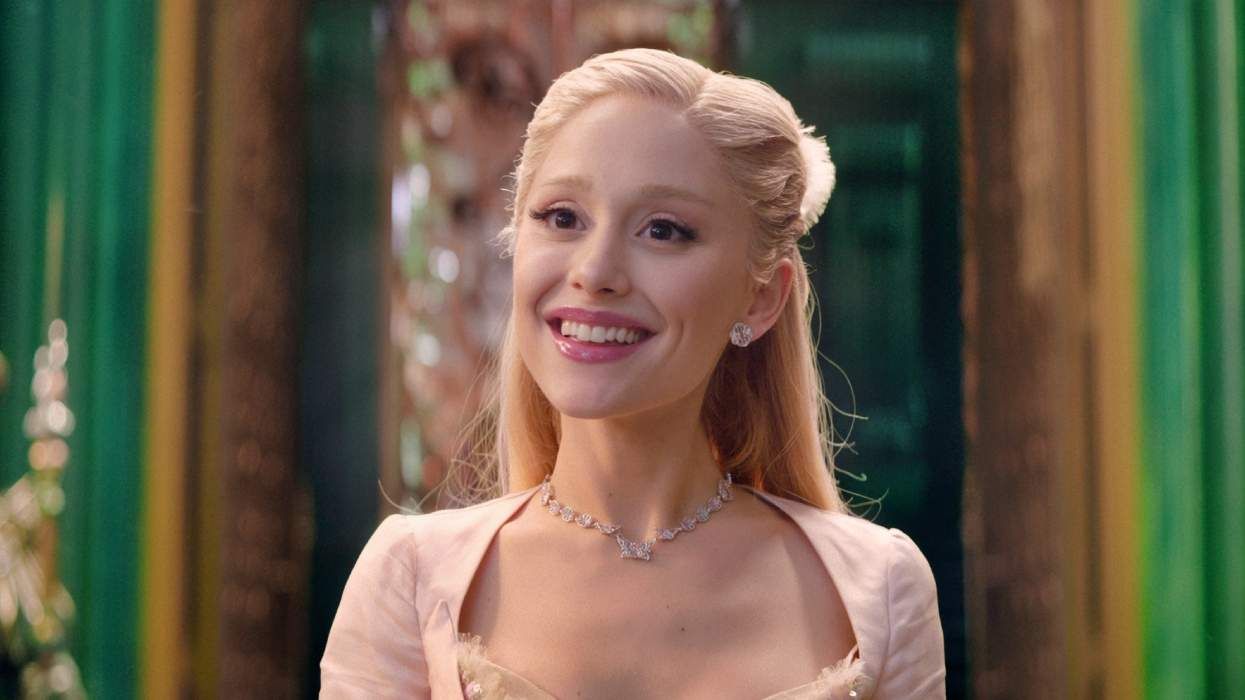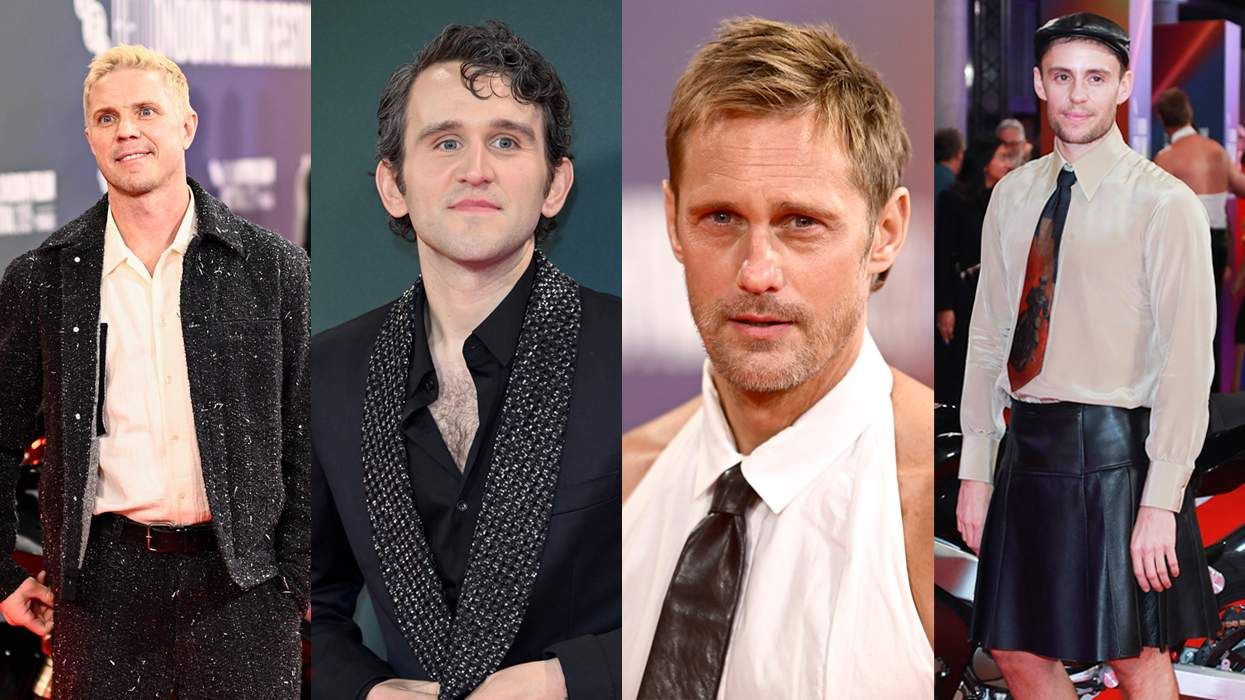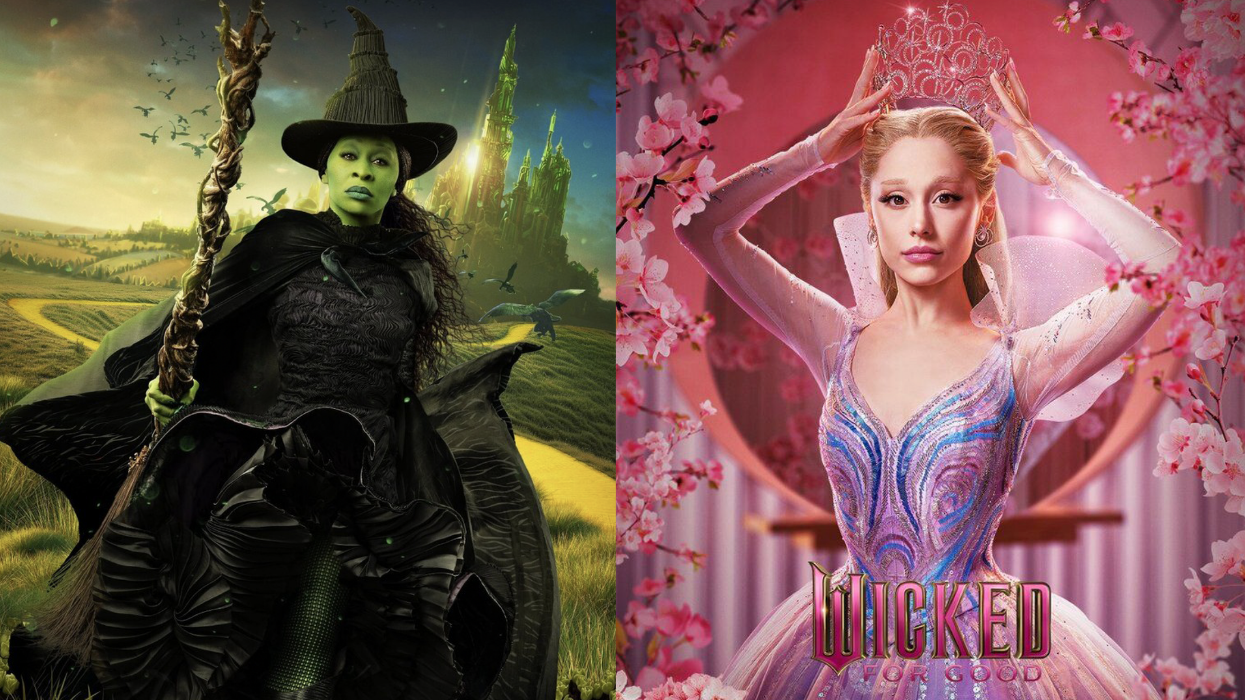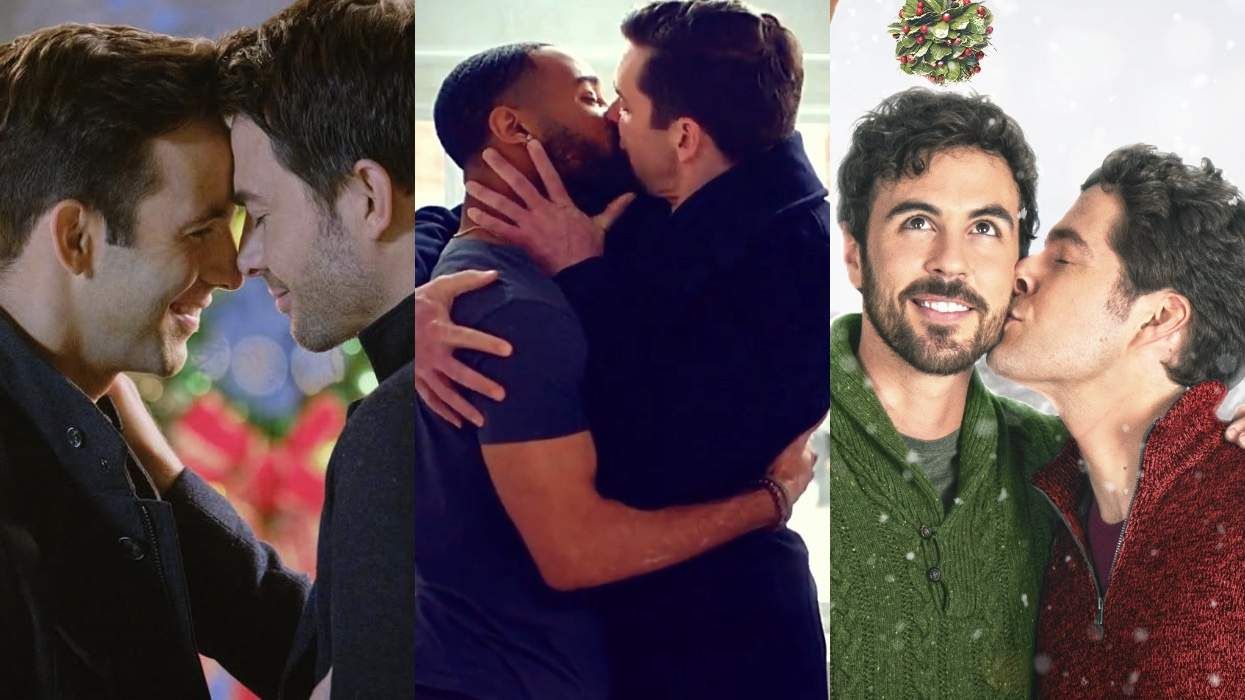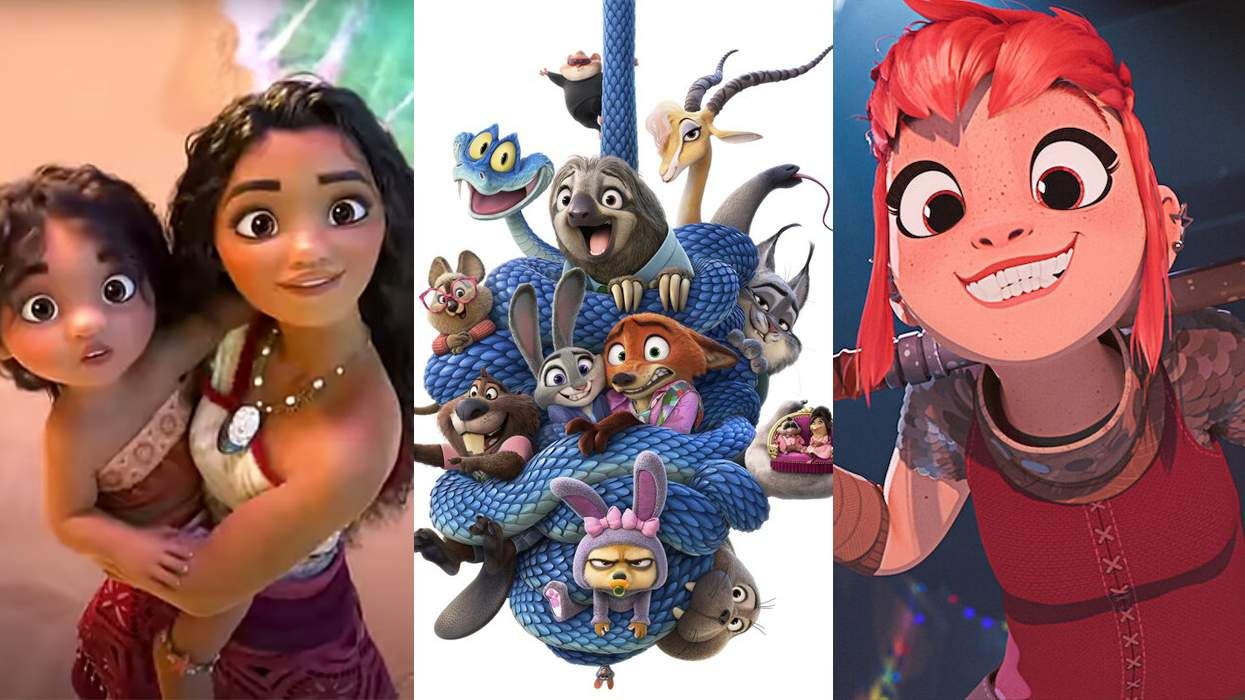A new documentary, No Wire Hangers, tells an intersectional story of self-realization, following 49-year-old Raymond McNeill on his quest to debut a full fashion show under the dream moniker, "Nomar Couture." Having grown up gay and Black in Hampton, Virginia, McNeill's life has been one of tumultuous ups and downs. He's worked behind-the-scenes in the fashion industry for 30 years, sewing custom red carpet looks for stars like Mary J. Blige and Toni Braxton under famous designers, including Oscar de la Renta--but never once was his own name attached to the garments.
McNeill would make extra money stripping in NYC and creating original looks for fellow performers, but his lowest point saw the aspiring designer homeless and sleeping in his car. That's when Margot Lee Shetterly, his childhood friend and the prized author of Hidden Figures, recruited McNeill to design her dresses for high-profile occasions like the Academy Awards and White House functions. Finally after years of hustling, the name "Raymond McNeill" would be rightfully recognized in 2016.
Filmmakers Liam Lee, Joe Bubar and Michelle Caley documented the transformative process behind McNeill's fashion show debut in his Virginia hometown, exploring important themes of racism, gender, sexuality and childhood abuse. No Wire Hangers, which is currently crowdsourcing funds on Kickstarter, highlights one man's experience, but captures the universal message to hold onto your wildest dreams, even in a world that actively keeps marginalized talent on the fringes.
We recently caught up with the trio behind No Wire Hangers to learn more about profiling McNeill for more than three years. Read, below, and click here to help the film reach its $20k goal.
OUT: How did you discover this story?
Liam Lee: I met Ray when we were roommates together in Brooklyn three years ago. We both found the same apartment on Craigslist. I was instantly drawn to his creative energy and his passion for design. He would tell me these stories about his working as a stripper and sewing the costumes for the other dancers, the racism he faced in the fashion industry, and the abuse he had to overcome as a child and I knew I needed to tell his story. I wanted to film him not only because he's such a captivating and inspirational character, but also because his story is an important one to tell.
This is an incredibly intersectional film, wrestling with age, race and sexuality. What can we learn about all three through this film?
Liam Lee: By showing Ray, we can't avoid showing all the complexities of his character. His age, his race, his sexuality all impact his life. He has faced racism in the fashion industry. He's now competing with much younger fashion designers who have the benefit of coming up with social media. And growing up in Virginia, he's had this lifelong inner battle between his sexuality and the church. It's the intersectionality of these factors that makes Ray's story so compelling.
You've spent three years documenting Ray. How did your perspective on him change from beginning to end?
Liam Lee: I first met Ray when we were roommates, so we actually developed a good friendship way before we ever developed the relationship of documentarian to subject. I think knowing him on this deeper level gives me a unique vision of him that I want to share. When Ray started sewing for Margot Lee Shetterly and decided he wanted to put on his own fashion show, I felt that the time was right to start filming. Before, I'd only seen pictures of Ray's designs and heard him talk about his work, but in the filming of this documentary, I've been able to see Ray's entire creative process. It's amazing to capture him take a design from concept to finished piece. He sketches the design, chooses the fabric, drafts the pattern, and finally sews it together. He even tries on each individual dress to make sure it moves and feels the way he originally envisioned. It's incredibly inspiring for me to watch Ray's passion for creating and I hope our audience feels the same.
Michelle Caley: Though Liam has known Ray for years, we're actually still in the early phases of making the film. The team kicked off shooting this spring, and recently launched a kickstarter to raise the remaining funds needed to finish the film. We're thrilled with what we've been able to capture so far, but we're far from done. We're rallying everyone we can to help us raise $20,000 by August 31 so we can keep telling this story.
What new knowledge do you think this film brings to the LGBTQ experience?
Joe Bubar: This film speaks to the LGBTQ experience by telling a very intimate story of one man's life. There's no single LGBTQ experience. Everyone's personal history and relationship with their sexuality is unique and important to share. So, this film tells a very personal story, which we hope will expand people's definition and knowledge of the LGBTQ experience.
Why is it important for the world to have this film, right now?
Joe Bubar: With the political and social climate the way it is right now, with attacks on marriage rights and access to healthcare for many LGBTQ people, representation of LGBTQ people in film is really important. Recently, there have been more films, like Moonlight, that show black LGBTQ protagonists. But we still need more of them. I think events like Charlottesville remind us how deeply ingrained racism and intolerance is in our country, but I still believe that films can be a powerful tool for social change.
What do you hope viewers will take away from Ray's story?
Joe Bubar: As documentary filmmakers, our goal is to tell Ray's story as truthfully as we can. We hope to portray the complexity of Ray's identity. And we can't do that without addressing subjects like his sexuality and his race. And so I hope viewers will come away from our film feeling like they know all of Ray.
Michelle Caley: We want others who feel like hidden figures in their own respective worlds to see themselves in Ray. What makes a story like Ray's so underrepresented but also so relatable is that it's not a traditional story of "making it." No matter the outcome of Ray's show, he will continue doing what he loves to do. We want people to see that and to question their own ideas of success--to find meaning like Ray and to let that be the inspiration for them.


